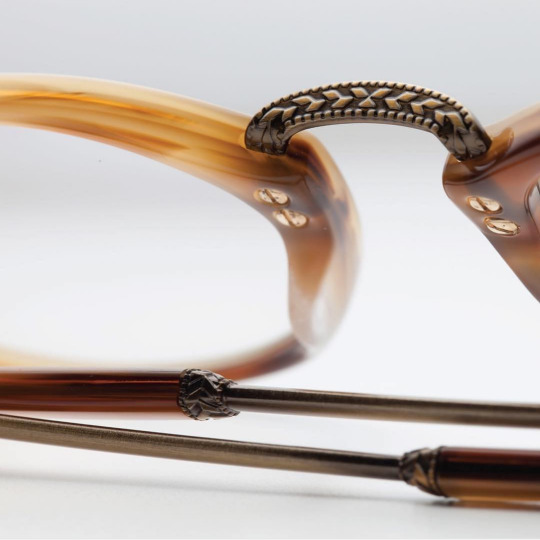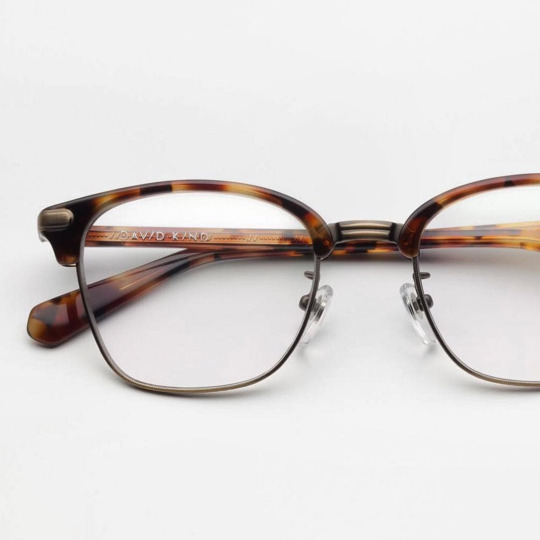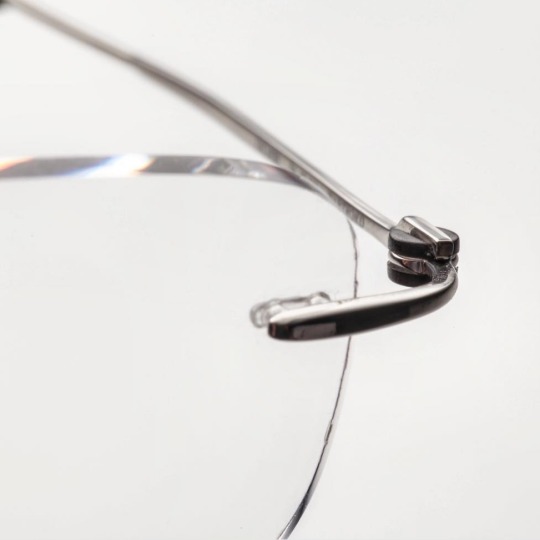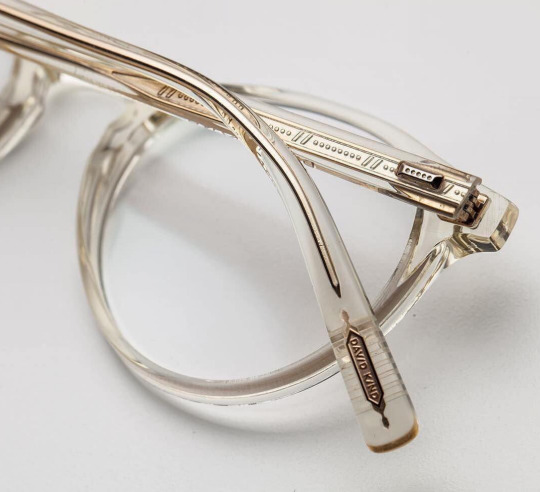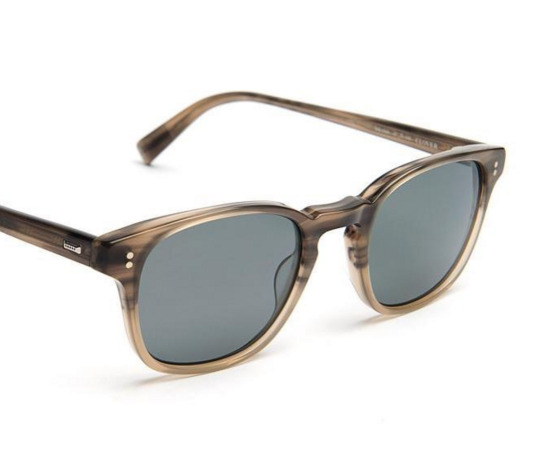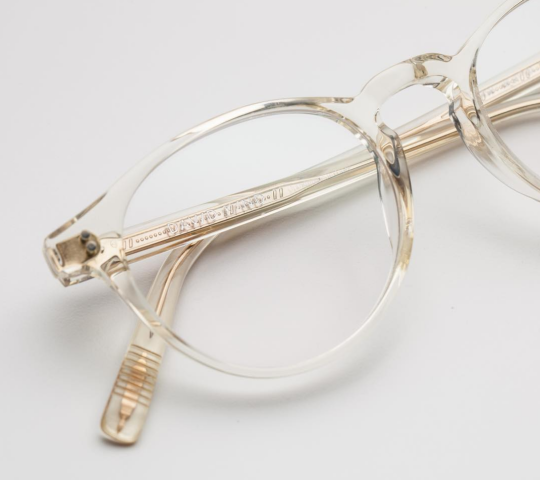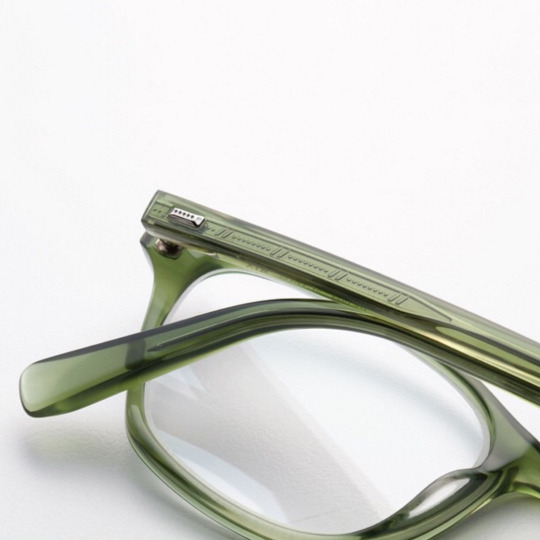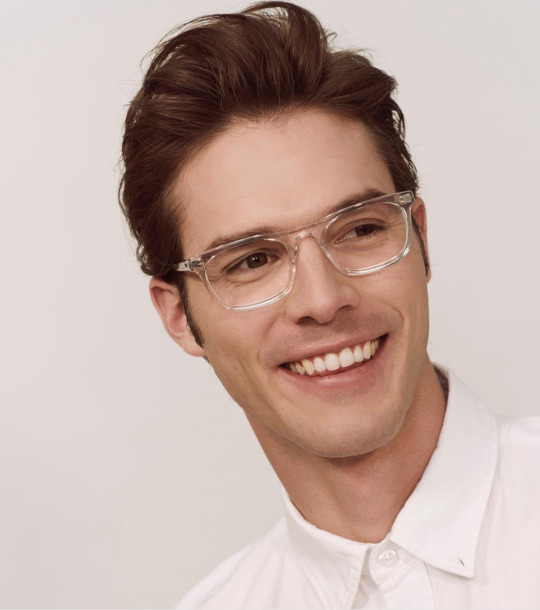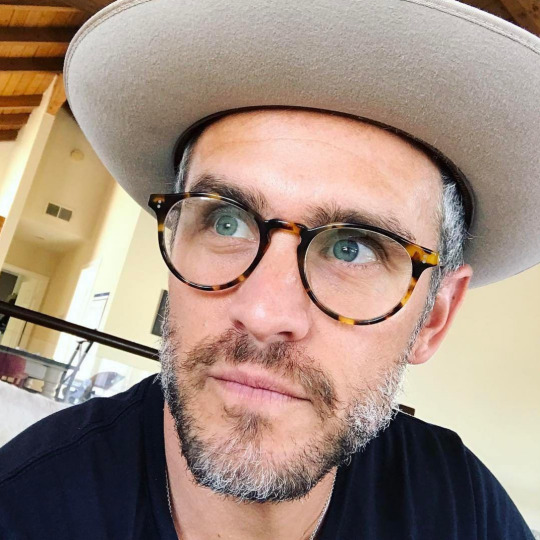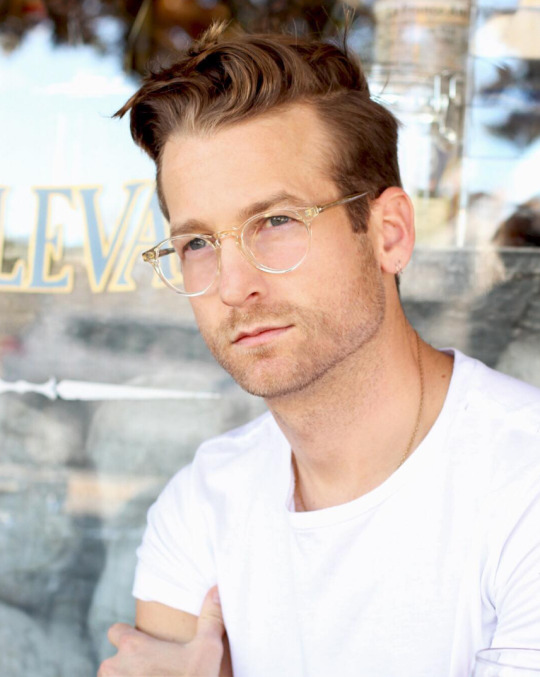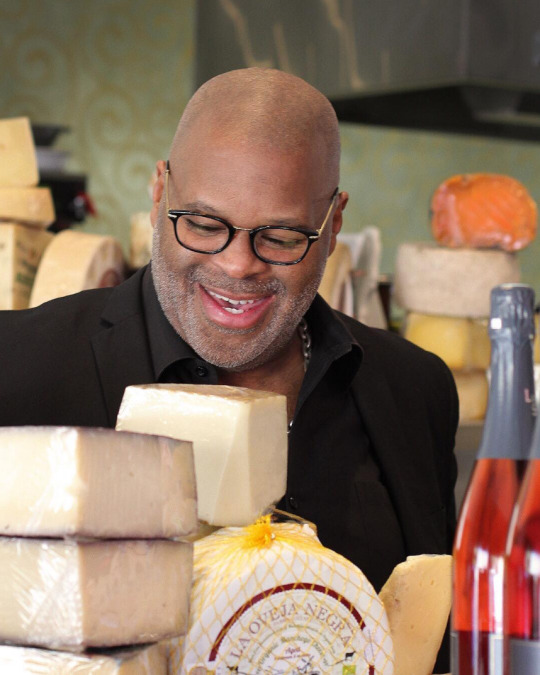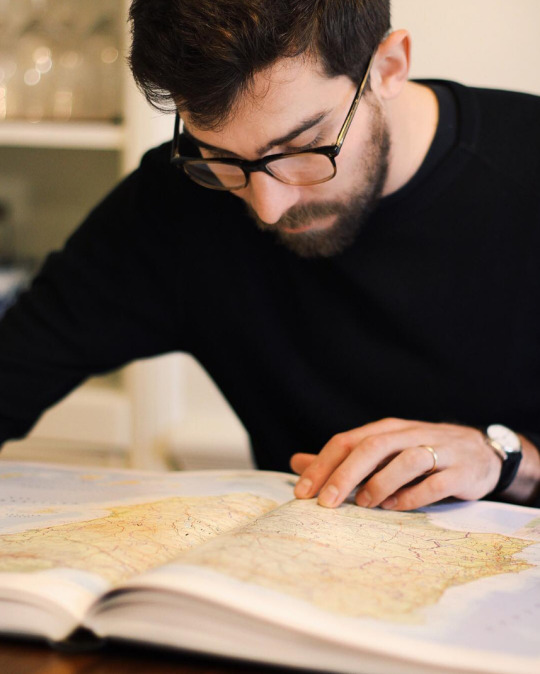
It’s been about ten years since fashion journalist Dana Thomas penned Deluxe. And today, it stands as one of the best books I’ve read on the rise and fall of luxury labels such as Prada and Louis Vuitton. The book is about how the constant search for higher profits has led many old-world luxury companies to give up things that made them special in the first place – a commitment to quality, a focus on craft, and a willingness to innovate in terms of design. It’s not hard to notice that, for consumers in Western Europe, North America, and Japan, these labels have become less and less relevant over the years.
It’s hard, however, to identify what’s replacing them. My friend Paul Munford, who runs the very smart Leanluxe, likes to say modern luxury companies are centered around a quiet confidence in branding, virtue of product, specialization, and transparency. Think of companies such as Ledbury, Common Projects, and Tracksmith.
Perhaps. Sometimes I think Paul’s focus is more driven by aesthetic differentiation (e.g. minimalist branding) than actual business models. Plus, luxury is inherently hard to define. The people who were buying Louis Vuittion a generation ago may not be the same people buying Ledbury today. At the same time, that may not matter, as it’s clear a shift is happening. Mr. Porter, for example, is very much a luxury shop – and they don’t carry many of those old world brands.
One “new luxury” company I’ve been interested in lately is David Kind, a Southern California based eyewear business. The business model is clever: the convenience of direct-to-consumer sales and risk free, at-home try-ons, but with higher-end Italian and Japanese frames. All sold with the kind of service that you’d normally only get through a local brick-and-mortar shop.
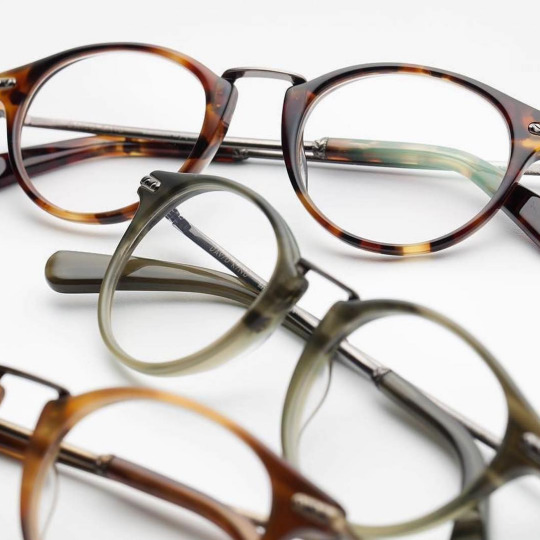
There are two titans in the eyewear industry. On the one side, you have Luxottica, which is a vertically integrated, Italian conglomerate that does everything from manufacturing to sales. They own and produce most of the popular labels you can think of – Ray Ban, Persol, Oakley, etc. – and sell about 60% of the frames you’d find locally (anything designer is likely made by them). On the other side, there’s Warby Parker, a pioneer in affordable, direct-to-consumer sales. Their clean and simple business model has been so successful that it’s inspired dozens of competitors. There are even whispers why Amazon might want to acquire them at some point.
If you’re not buying from one of these brands, then you may be at the higher-end of the market, shopping from the likes of Maison Bonnet, Nackymade, and Cold and Heggem. These small, independent shops specialize in fully handmade, bespoke eyewear frames, sometimes constructed from rare materials. Of course, you have to be able to make it to one of their stores and stomach the high price tags.
David Kind sits somewhere in the middle. David Barton, the company’s CEO and founder, worked on product development at Oliver Peoples before the company was sold to Luxottica in 2007. He then started a new eyewear business with a partner, but found it was hard to get their wares onto shelves (most of the prime real estate is reserved for industry giants, who are backed with deep pockets). So, he decided to create David Kind on his own and go straight to the consumer.
The sales pitch here is familiar. You choose a set of frames and the company will send them to you for an at-home try-on. The difference here is in the service. Trained opticians are available on-hand for almost anything – from advice on which frames might suit you best, to feedback on whether your trial pairs actually fit your face. This ensures you’re not just fumbling around this territory alone. David Kind also offers a ten-year guarantee against manufacturer defects, and is available for cleaning, repairing, and refurbishing when you need. Prescriptions can even be filled online.
David Barton tells me service is an important component to their business model. “When I buy a high-end product, I want to know the company stands by it in every regard” he says. “It’s not just about the product, but rather the total experience.”

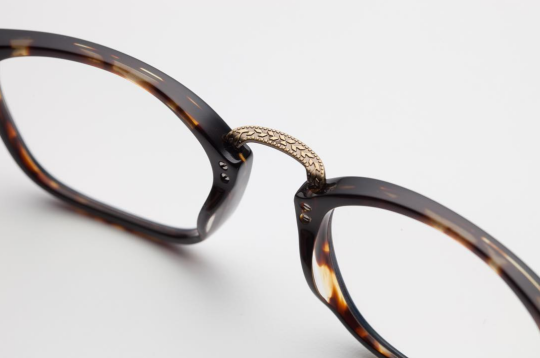
For me, the appeal here is all in the design. Whereas Warby Parker specializes in that ubiquitous “geek chic” look, David Kind has things that are bit more interesting. Their thin, mixed material Kodachi frames have a classic, almost architect style about them; the Richmond is a modern take on the mid-century P3. The Roman is a wonderful, wide and squared-off frame with a filigreed nose bridge. The Katana has filigree on the bottom half of the frames – mostly unseen when worn, but makes for a nice level of detailing. Every style is available with clip-ons – customizable by tint and frame color – so customers can transform their regular optical frames into sunglasses.
There’s also something special about the designs here, a secret sauce that makes every frame look great when worn. If you search for the company’s name on YouTube, you’ll find customers asking for community feedback on which frames suit them best. And the odd reality is, all of them look great. I think of this as the Steve Jobs approach – there aren’t that many options, but all the options are good. Barton says when it comes to designing frames, it’s all about proportion:
There are dozens of guides online about how certain frames fit certain faces, but that’s just a starting point for the conversation. It’s like saying someone’s a size medium, but that doesn’t necessarily say anything about what they should wear. The only universal rule is that the frames should be proportional to your face, so that the arms aren’t flaring out at the sides, the bridge isn’t slipping down your nose. Fit is absolutely critical; above that it’s about personal style.
I still don’t know what “new luxury” really means, but David Kind represents a kind of value I’m often looking for nowadays. Their frames start at $300, a price that includes prescription lenses, and $150 for customizable clip-ons. These are ready-made, which distinguishes them from higher-end bespoke frames, but the designs are distinctive and handsome. They also come with much better detailing than I’ve seen on the lower-end of the market. Combine this with their service and it’s nice to see value still being offered at these price points.



